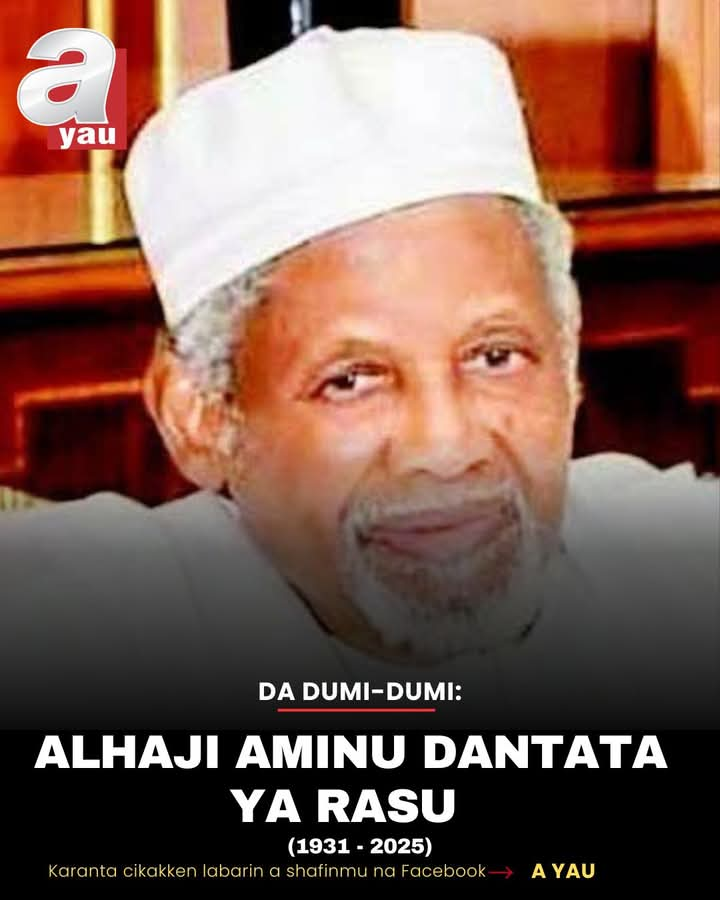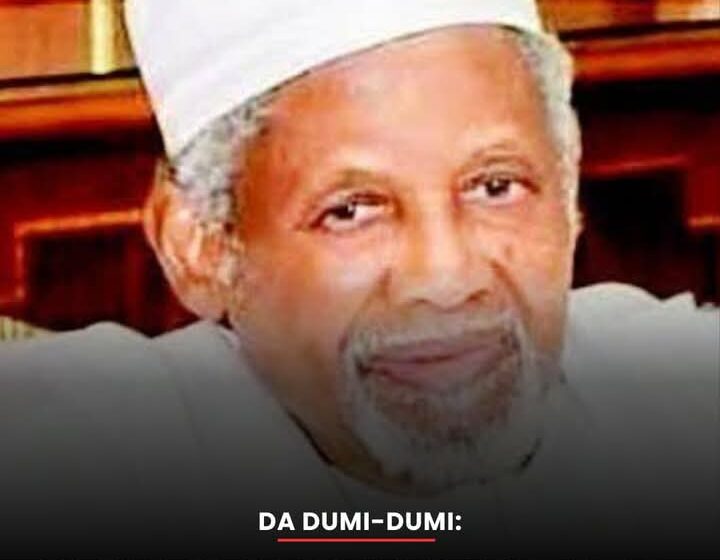The first prominent Nigerian to perform the Haj by sea was The Emir of Katsina Muhammadu Dikko in 1921.
The second was Alhaji Alhasan Dantata, reputed to be the wealthiest man then in the West African sub-region. The richest Black man in the world today, Aliko Dangote is his great-grandson.
On 1/4/1927, Alhaji Alhasan Dantata left Kano with the following entourage:
- Abdullahi, his eldest son
- Yusuf, his younger brother
- Adamu Bagwanje, his in-law
- Bashari, his in-law
- Abubakar, his in-law
- Barau, his in-law
- Abdulmumin, his in-law
- Malam Madu, his close friend
- Malam Adhama, his close friend
- Abubakar, his servant
- Balarabe, his servant
- Malam Abubakar, his teacher
- Malam Umaru, Babban Malami na Madabo, his teacher
- Abdullahi, representative of Emir of Kano Abdullahi Bayero
- Malam Usman Kambari, his uncle and teacher.
The entourage left Kano by rail to Lagos, then drove to Tema, Gold Coast (Ghana).
On 7/4/1927, they left Tema and arrived Liverpool port, United Kingdom on 21/4/1927 after 14 days at sea. They were received on arrival by officials of the Department of Colonial Affairs as well as Alhaji Alhasan’s business partners (London and Kano Commercial Company). They rested at a comfortable lodge at Liverpool for one day.
The team left Liverpool and arrived London on 22/4/1927. King George V, father of Queen Elizabeth the Second (the princess was only one year old then) granted them a royal reception and accommodated them at the Buckingham Palace for two days.
They left London on 24/4/1927 for Marseille, France. They rested there for several days.
They left France by sea and arrived Cairo, Egypt on 7/5/1927. The following day, they left Cairo for Port Tawfeeq, Egypt, boarded a ferry and arrived Jeddah, Saudi Arabia, where they rested for two days.
On 16/5/1927, they put on their white shroud (ihram), left Jeddah for Makkah riding camels. On arrival, they performed Umrah even before lodging. An account says on sighting the Holy Ka’ba for the first time, Alhaji Alhasan broke into tears of joy, having fulfilled his life’s ambition. He donated a substantial amount of money to the Saudi authorities to assist in maintaining the Holy Mosque. He also made a grant to AIN ZUBAIDA, a charitable organisation responsible for supplying drinking water to pilgrims and helping the needy.
After completing their Umrah and resting for 15 days at Makkah, they left for Madina, a journey that took them two days. They visited the Holy Prophet’s Mosque for one week, then returned to Makkah to await the time for the Haj proper.
After completing the Haj, Alhaji Alhasan asked for a list of all Nigerian pilgrims who had no means of returning home. 430 stranded pilgrims were identified and he paid for the passage of all of them.
The entourage returned to Madina where Alhaji Alhasan assembled teachers and scholars at the Holy Prophet’s Mosque for fervent prayers and Quranic recitation, after which he distributed charity to the needy. They left Madina for Jeddah.
On 25/6/1927, they bade farewell to Saudi Arabia, left Jeddah by ferry to Port Tawfeeq, Egypt then drove to Alexandria in North Egypt. Then they left by sea to Marseille, France and proceeded to Liverpool, UK where they stayed for nine days conducting business transactions.
On 20/7/1927, the pilgrims left Liverpool and arrived Lagos, Nigeria on 5/8/1927, after 16 days at sea. They rested a few days there.
The blessed entourage arrived Kano by train safely on 11/8/1927, concluding a journey of faith they started from 1/4/1927 to 11/8/1927 (131 days). In today’s parlance, one would say they traversed Nigeria, Benin, Togo, Ghana, Atlantic Ocean, Canary Islands (Spain), Madeira (Portugal), UK, English Channel, France, Egypt, Red Sea, Saudi Arabia (a minimum of 10 countries and 3 seas).
May Allah have accepted their gigantic sacrifice by rewarding them with al-Firdaus, along with us too, amin.




Leave a Reply